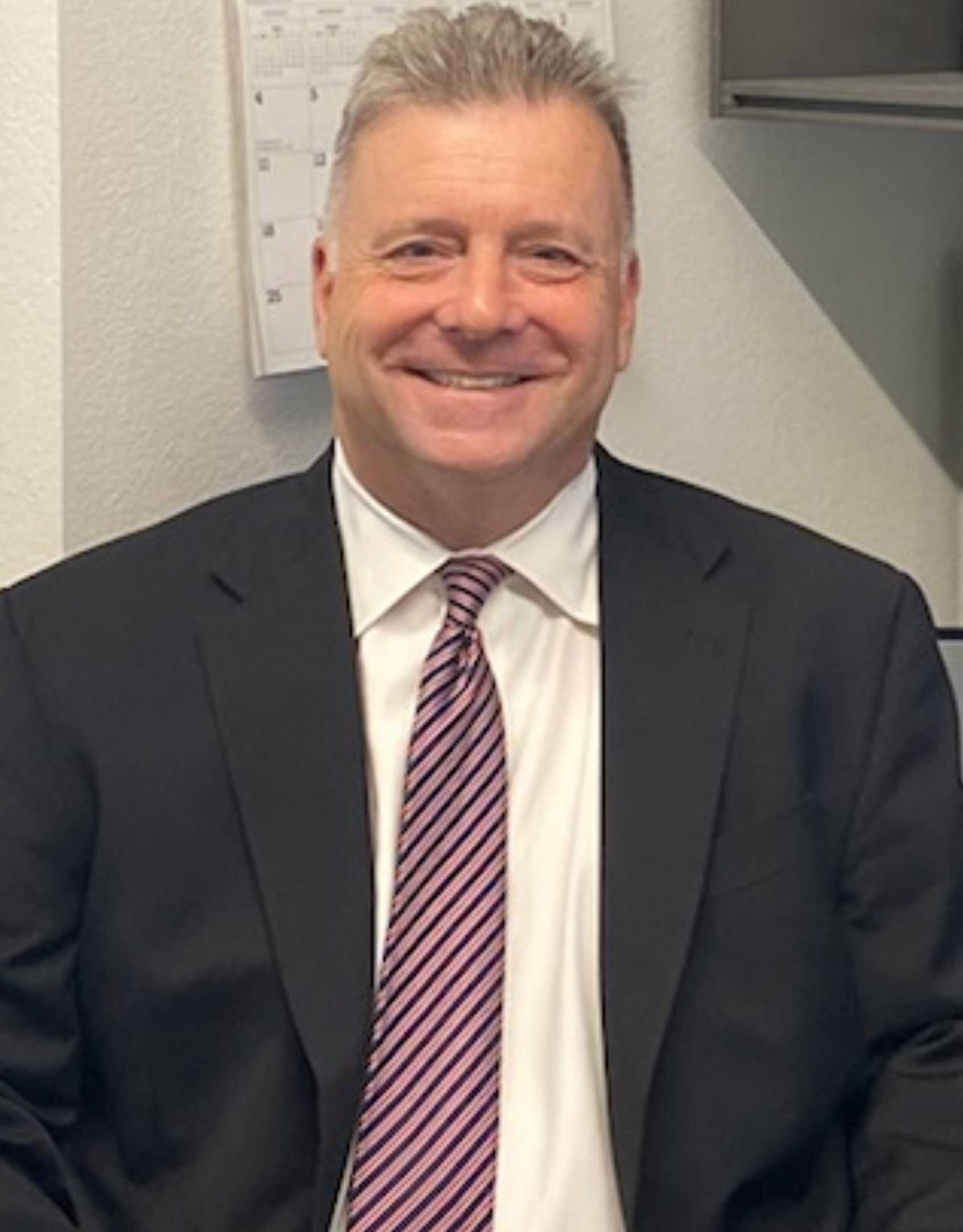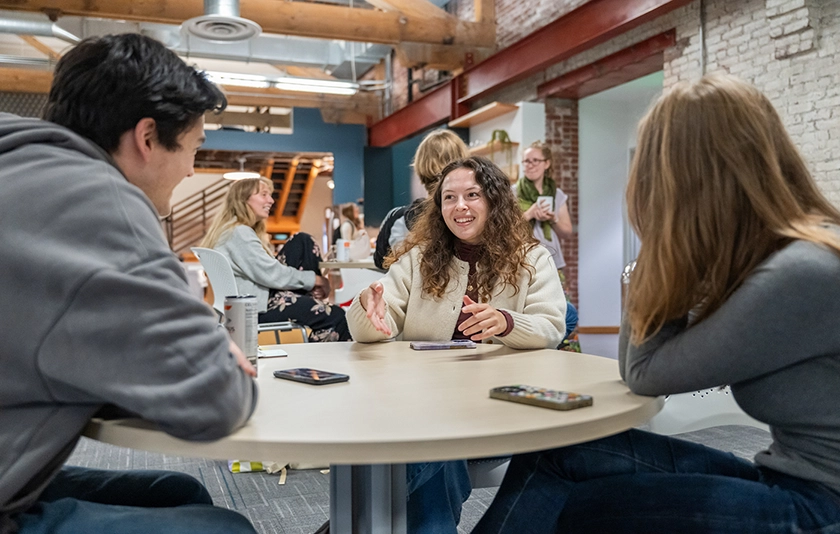 As a deputy county attorney for the Maricopa County Attorney’s Office, Lou Giaquinto JD was working on a murder trial with another prosecutor when the world paused. Because a jury had already been chosen and knew the case facts, the court and parties pushed ahead. This was the first of two homicide trials Giaquinto conducted during the pandemic.
As a deputy county attorney for the Maricopa County Attorney’s Office, Lou Giaquinto JD was working on a murder trial with another prosecutor when the world paused. Because a jury had already been chosen and knew the case facts, the court and parties pushed ahead. This was the first of two homicide trials Giaquinto conducted during the pandemic.
The changes made for everyone’s safety were endless. Capacity within the courtroom was limited to 32 people (usually it holds about 100). All parties were distanced, with some jurors seated in the jury box and others behind the prosecutor’s table.
“It was difficult to communicate in front of the jurors,” Giaquinto says. “You had to be careful about writing stuff down or whispering to your co-counsel.”
Plexiglass surrounded the judge, witnesses and court staff. Disposable gloves were used to touch evidence. Trials were only held in the largest courtrooms, and peremptory challenges were limited to two per party.
Masks were universal, pulled down only when a witness needed to identify the defendant. It was challenging to speak clearly and project while wearing one. Masking also made it harder to read non-verbal cues and emotions, Giaquinto says.
“Not being able to see the jurors’ faces, especially during the openings and closings, was extremely difficult,” he explains. “Attorneys watch the jurors closely to see how they’re reacting to what’s happening in the courtroom.”
Giaquinto adapted to the modifications, listening for audible sighs from jurors and watching to see if they’d make eye contact or look away.
In both the trials he was part of, his team won convictions on all counts. While nearly all homicide trials are appealed, what remains to be seen is whether the courtroom changes could be grounds for a retrial.
“As ministers of justice, the pandemic threw us a lot of trial curve balls,” Giaquinto says, “but we were thrilled to obtain guilty verdicts and bring some level of closure to the victims’ families.”


